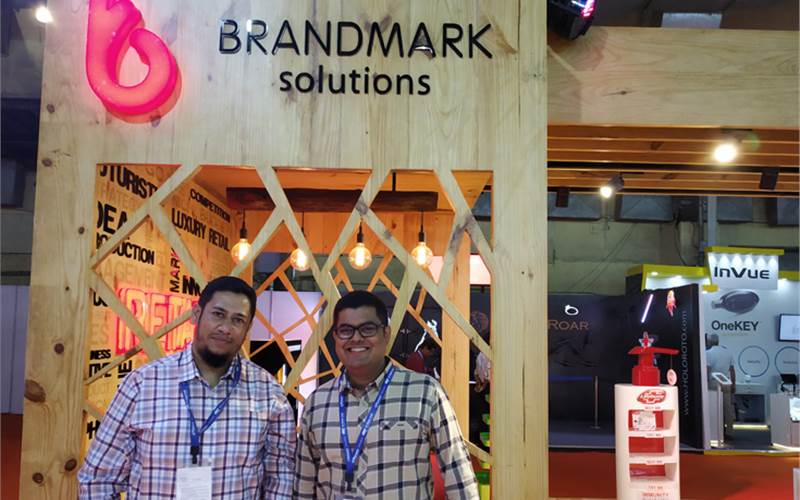In-Store Asia 2019: Brandmark showcases interactive POP solutions
Mumbai-based Brandmark Solutions showcased a range of innovative POP (point of purchase) solutions and also explained the trends happening in the retail industry during In-Store Asia 2019.
20 Mar 2019 | By Sujith Ail
Brandmark was started in 2011 by the trio of Nabeel Khan, Saad Memon and Yogesh Chawan with an amalgamation of individual’s expertise in the retail market. Some of the key clients include Raymond, Yardley, Nivea, Johnson & Johnson, Godrej, and Big Cola.
Brandmark houses HP Latex, HP Designjet 5500, thermoforming machines, two laser-cutting machines, and many other fabrication machines in its production facility.
Nabeel Khan said, “In-Store Asia is the only platform in India for us wherein we can showcase our expertise to the masses. Major potential customers who visit our stalls are from the FMCG, and apparel market and everyone visiting the stall seeks innovation and has become a key factor.”
Yogesh Chawan explained the complete process of developing a product. He said, “Customer comes with a brief about her new campaign. We study and articulate on the brief. After the brainstorming session, we come up with the concept; perform competitive analysis, and also provide a value addition.”
He added that the company tries to give a solution to the brand, which can be in the form of design, functionalities, planogram. “In the next stage, we prepare the sketches of the concept and they are shown to the customers. Understanding the customer feedback, changes are incorporated and a 3D prototype is developed. Customers also have the cost limit for the end product, so we analyse with the production team to come with a material combination that suits the budget of the customer. Finally, after the approval of the prototype, the project goes into the production,” Chawan said.
According to Khan, the cost has been the most challenging part of the retail industry. To match the quality expected with the cost of the project has been the toughest challenge so far. Also, the implementation of the end product in the market is critical and a challenging task. On ground, there may be difficulties related to installation, which need to encounter and come with a solution.
Committed towards green printing, Brandmark uses the HP Latex printer; the inks used are water-based, preventing the release of hazardous fumes from the solvent and eco-solvent printers.
Commenting on the need for customer interaction, Chawan said, “We try to grab all the five senses. For instance, when a visitor will move towards The Lux POP unit, the front panel consisting of lotus petals will lit up and the fragrance of the displayed product will be dispensed from the POP unit. This is possible by making using of sensors and different technologies. More you capture the senses, more is the visitor attention towards the product.”
Brandmark is moving towards incorporating more gadgets and digital mechanisms and are focused on bringing in more interactive solutions using the sensor, touch into the POP units. As social media has become the first source of information for the millennial, Brandmark is trying including social media aspect into our designs.
Khan also highlighted some of the unethical practices present in the retail market. He said, “Industry is continuously evolving, new technologies are coming in. Unfortunately, the cost expectation from the client is going down. Brands need to understand the costs of the material used in the product. For instance, a material costing Rs 100/ unit may vary a rupee or two with the other service provider but one who is offering the material at a cost of Rs 50/ unit is definitely into some malpractices. People are tricking with the specifications and getting the projects. Client fails to identify these wrongdoings due to the huge volume of the project. The retail market needs to understand this and take a firm stand on the same,” he said.














 See All
See All